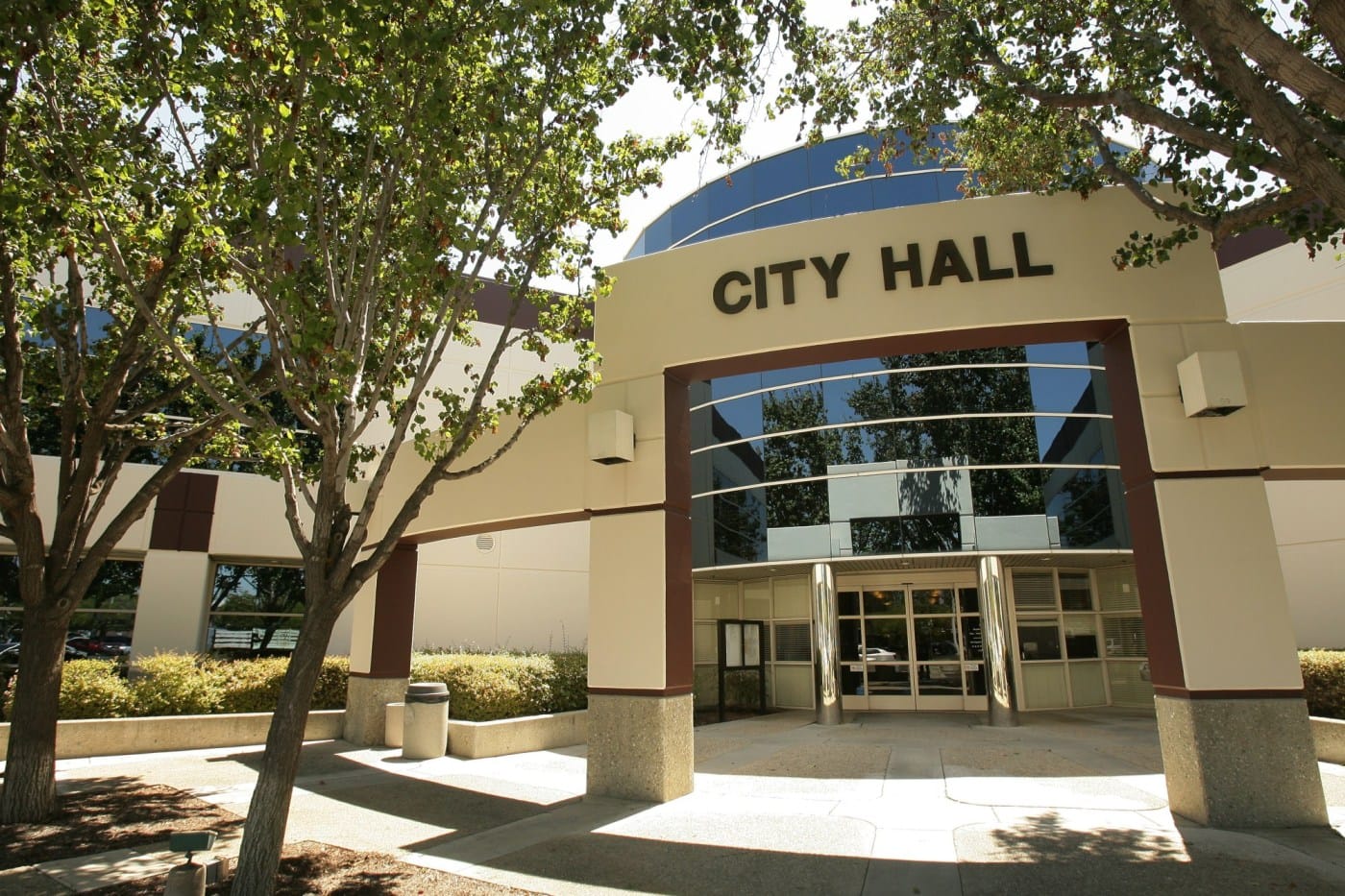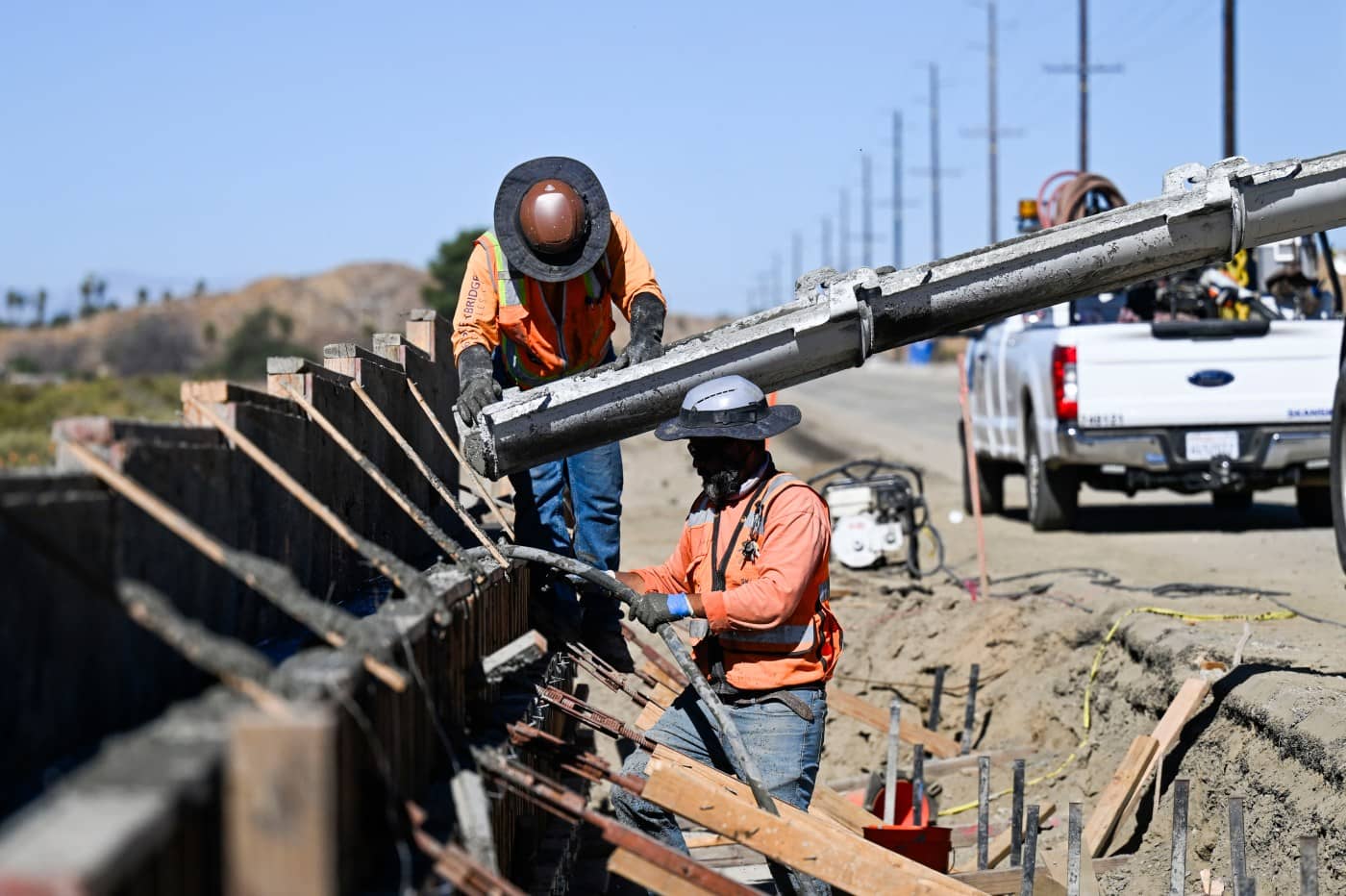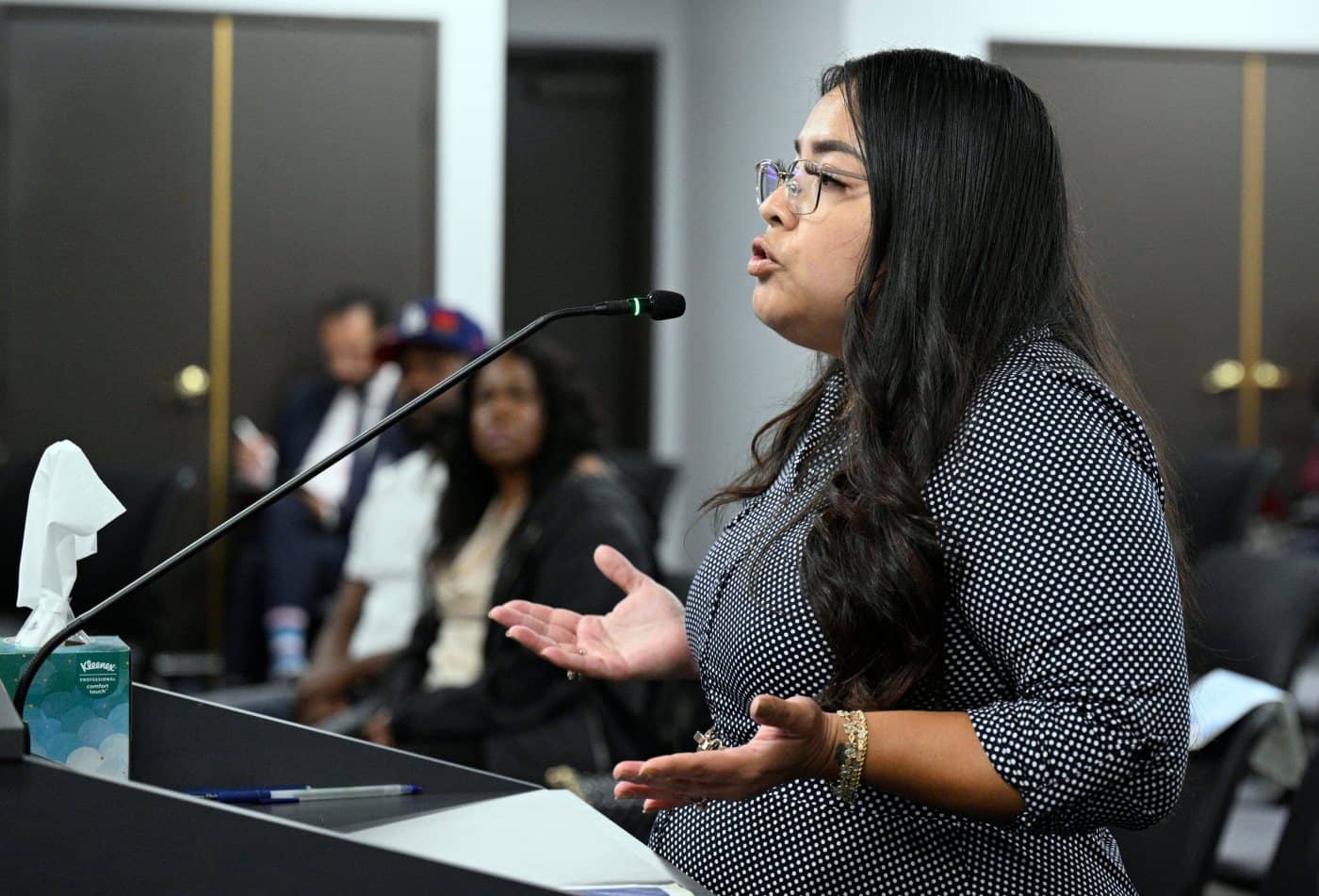The Moreno Valley City Council is set to consider whether to approve a 15,000-home development Tuesday, Nov. 19, despite criticism from the Sierra Club.
The Aquabella project would cover 700.5 acres, making room for a 24-acre commercial area with a 300-room hotel, 80 acres for parks and 40 acres for schools, according to a city report.
The Moreno Valley Planning Commission in late October unanimously approved recommending the council OK the development, which could boost the city’s population by 20% at buildout.
George Hague, conservation chair with the Sierra Club’s Moreno Valley Group, is concerned the project does not propose enough park space, adds too many people to the city’s population, worsens air quality, and lacks housing for those with lower incomes and those with disabilities.
The developer proposes a 40-acre lake area, a 15-acre walking path around the lake and 25 additional acres for parks and possibly parking, but it’s simply not enough recreational space for the people expected to call Aquabella home, Hague said.
“There’s no place to recreate,” Hague said in a phone interview Thursday, Nov. 14.
“We’re concerned with the impact this will have on existing infrastructure,” he added. If there’s insufficient space for Aquabella residents, they will try to find it in other parts of the city, he said.
The Southern California Association of Government forecasts that 20 years from now, Moreno Valley will have 61,100 new residents. Aquabella’s expected population of 43,050 would account for 70% of that increase.
“They’re going to have families living there,” Hague said. “They should have kid parks, toddler parks, basketball courts … all these different activities for people who don’t have a backyard to go out and do something.”
Moreover, Hague said, the project will have negative impacts on air quality, which he said the city labelled as “unavoidable adverse environmental effects.” According to Hague, the negative impacts will be greater on sensitive groups such as children and older residents.
An environmental impact report prepared for the project found that “considerable” increases in hazardous air pollutants would be unavoidable.
“There’s more (the city) can do,” Hague said. “They could have fewer buildings, more park space – which would help reduce pollution even more.”
He also suggested the city require the developer to increase the number of units for those with lower incomes those with disabilities.
“None of this stops the housing, it just makes it more friendly,” Hague said.
The project is proposed for a vacant area east of the 215 Freeway, south of the 60 Freeway, and north of Lake Perris. It would include a mix of multifamily housing options, according to the EIR.
If approved by the City Council on Tuesday, the developer anticipates buildout by 2040, according to the EIR.
The Planning Commission and city staffers found the project’s benefits would outweigh the downsides, according to a city report. It would develop land that has been unused — other projects have been proposed for the area but none have come into fruition since 1999. It would also bring housing and economic growth and add more public park land, according to the same report.
“We do need more housing for people … the Sierra Club is not against housing,” Hague said. “We just want those who live in the housing to have what they should have to enjoy their lives.”



